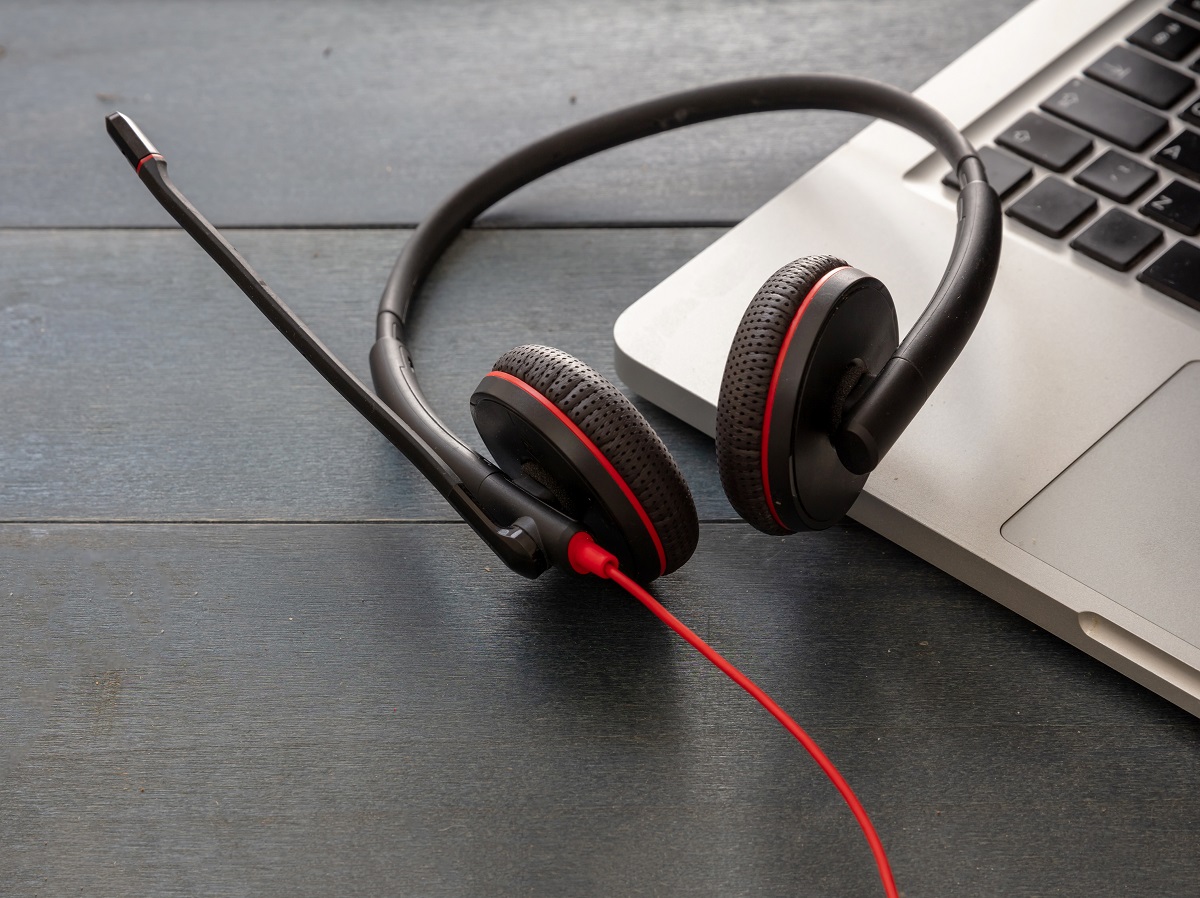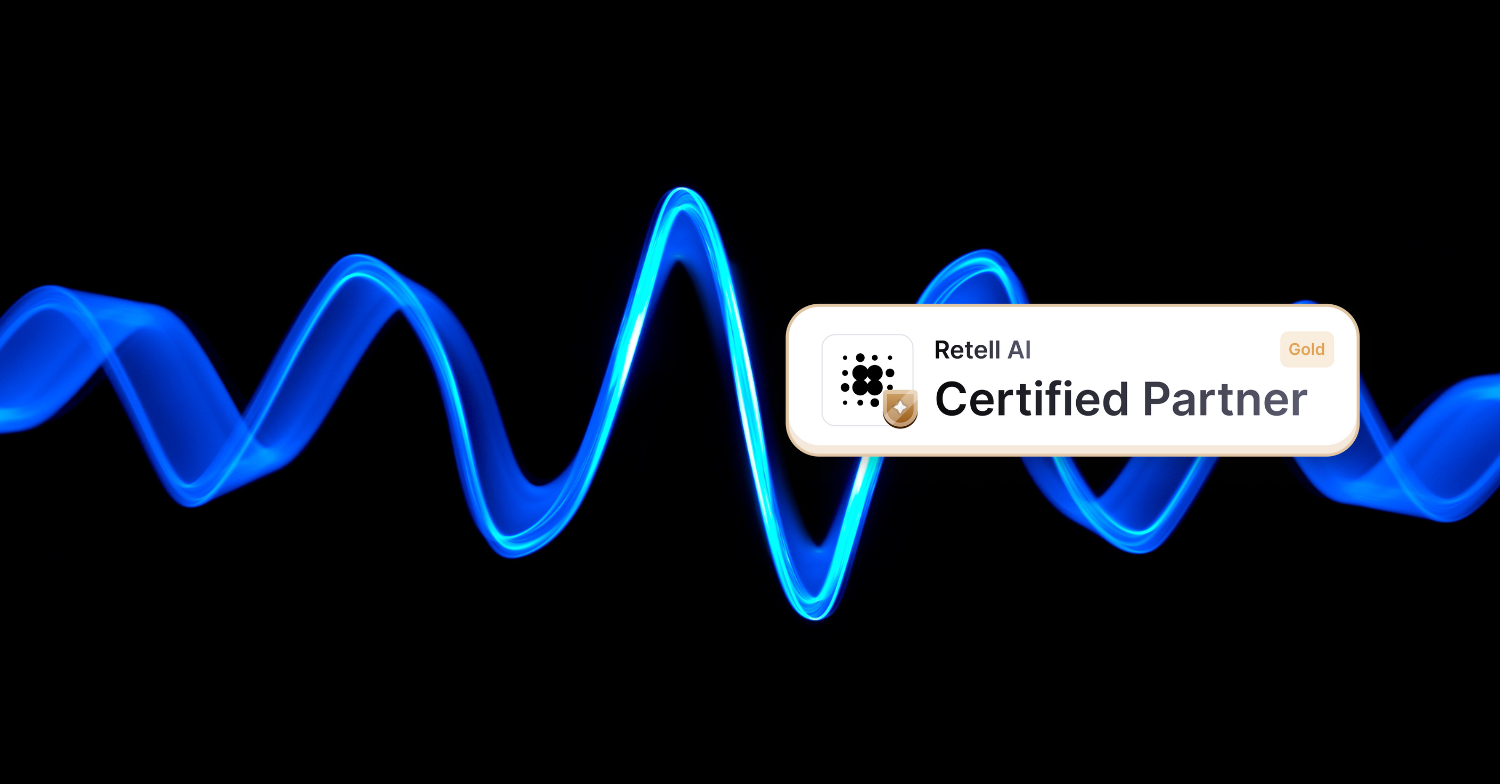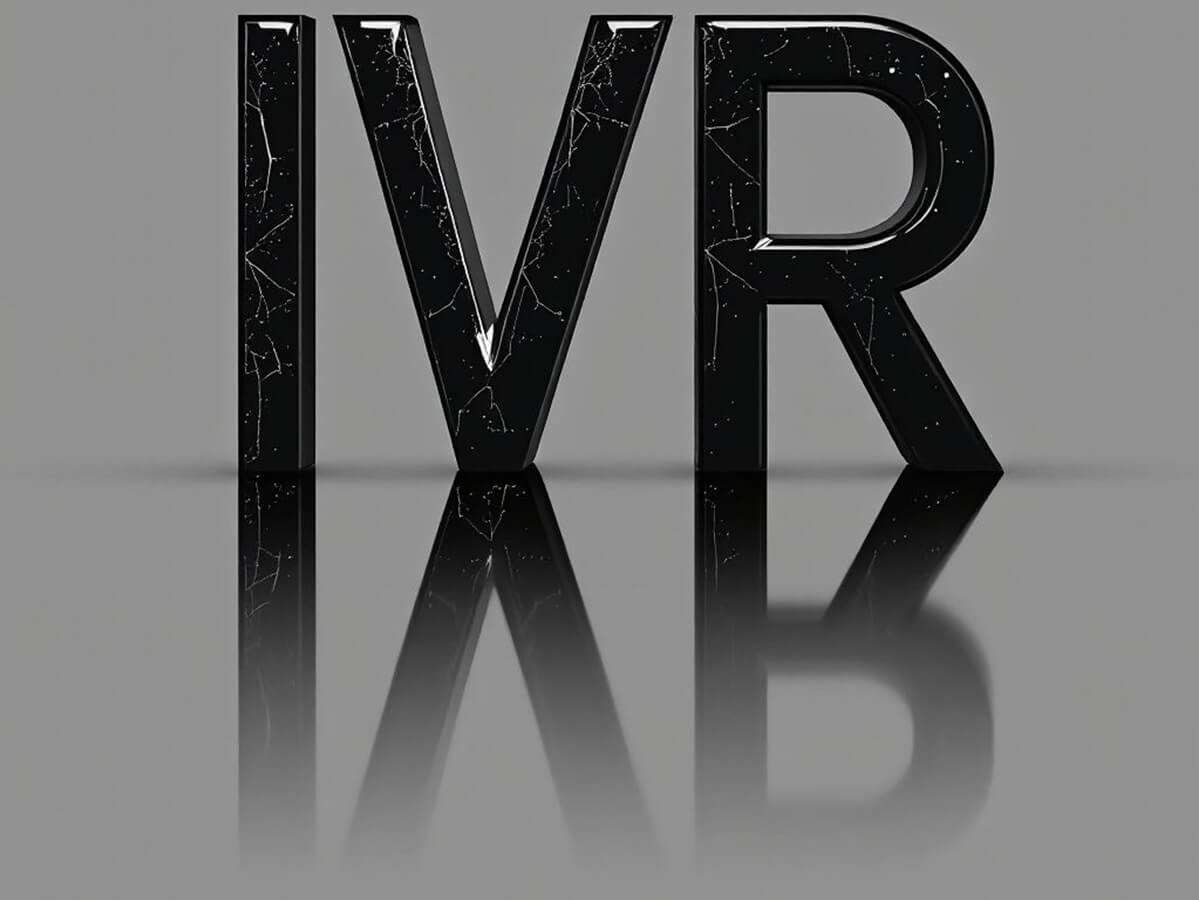Setting up and running a call center is a daunting task, whether you have a small 5-person team or a 500-strong department spread over multiple offices. After the initial investment, the call center manager has to make sure everything runs smoothly. An effective call center can increase revenue, enhance the customer experience, and improve the overall brand image of a business.
The importance of call center productivity
Every business needs employees who will handle customer queries and resolve issues related to products/services. How well you do this will influence customer retention, satisfaction, and overall profitability. A customer who has a bad experience with your call center will not only switch to buying from a competitor but will also tell everyone they know about it. Now that might not seem so bad but in today’s digital world, everyone they know can easily run into thousands of people!
On the other hand, good customer interactions can help you retain existing customers and cultivate a loyal base who will not switch to a competitor at the slightest provocation. Since phone calls remain the most popular way for consumers to contact organizations, a call center plays a critical role in this endeavor. Even a multi-channel contact center that handles email, live chat, and social media interactions will still see a bulk of their queries come in via the phones.
The relationship between call centers and customer service scores
A productive call center affects your overall customer service levels. But how do you measure something intangible like satisfaction? It’s not enough to get testimonials or online reviews from a few customers. You need to know where you are, where you want to be, and what are the norms for your industry.
This is where metrics come in. Metrics allow organizations to measure intangible things like customer satisfaction and loyalty.
Metrics to measure customer service levels
- Customer satisfaction score (CSAT) – The CSAT shows how satisfied (or not) customers are with your services. It is measured using customer surveys with the question – ‘How do you rate your overall satisfaction with business/product/service?’ It’s an indicator of customer satisfaction with a product, service, or your business as a whole at a certain point in time.
- Customer effort score (CES) – The CES indicates how much effort a customer has to put in to interact with your business. In other words, it refers to the ease of doing business with your company. To get the CES, you ask customers – ‘How easy was it to order XYZ/get support/subscribe to service?’ a business would normally ask this question to a customer immediately after a particular transaction such as a service call or an online purchase. The CES measures the short-term effects of individual transactions.
- Net promoter score (NPS) – The NPS is a measure of long-term loyalty. You can calculate NPS by asking customers – ‘How likely are you to recommend the business/product/service to others?’ Depending on the responses on a 10 point scale, you categorize customers into promoters (loyal customers who will recommend you to others), passives (neutral and vulnerable to competitor’s offerings), or detractors (not likely to buy from you again and will also discourage others from doing so).
It becomes obvious that your call center has a direct and immediate effect on customer satisfaction. But how do you know if your call center staff is productive? Is there a way to see how or where you can improve service levels? Just like customer satisfaction scores, there are several metrics you can use to measure call center productivity, resource utilization, and time management.
Measuring call center productivity
There are so many metrics to measure different aspects of your call center. For instance, a common metric used by companies is first call resolution (FCR). It refers to the percentage of calls where your agents could resolve the issue during the first call. There was no need for the customer to call repeatedly or be transferred to a manager, etc. Generally, customers do not like having to call multiple times to fix something or be told to wait for a resolution.
However, there are other factors that affect these metrics as well. Continuing the above example, the FCR for your industry may be higher because you serve business customers and the support calls tend to involve more complex issues. In that case, an FCR of 60% may be worse than the typical 80% but it may be better than your industry average of 55%.
So measuring call center productivity starts with measuring the various metrics and then understanding what they mean for your business.
The most common metrics to measure call center productivity
- Call center operational metrics – These metrics relate to the call center performance as a whole over time. They give useful information on how to staff the center, assign agents to particular shifts, and allow managers to see how marketing campaigns or product launches affect call volume. It’s a high-level perspective on the call center’s effectiveness.
- Call initiation metrics – This group of metrics measures initial contact between the customer and your call center agents. They give you an idea about the number of issues that are resolved in the first call, how many calls are abandoned by customers, etc.
- Agent productivity metrics – These metrics relate to individual agent performance in the call center. They help you track performance and manage expectations around work tasks. You can also see where your agents fall short and where you can improve.
With any call center, there are several figures you can calculate or track. But which ones are important and help you make decisions? The following metrics are a few that can be quite useful to a call center manager or customer service executive.
Call center operational metrics
As stated earlier, this group of metrics offers a high-level perspective of the call center’s operations. You can measure the team’s effectiveness and you’re not concerned with individual calls or performance.
Calls Handled
This gives you an idea about the total call volume your agents handle on a daily, weekly, or monthly basis. You would not include abandoned calls or those calls where the customer hung up because they got the information they needed from the IVR system.
You can further break it down to see the calls handled by each agent, the calls handled by the IVR system, or look at the entire team’s statistics. Most managers like to look at metrics once a week or twice a month, so they can spot changes and act immediately on worrying trends.
Peak Hour Traffic
Peak hour traffic differs between businesses and even between industries. You need to monitor this metric so you can decide how to staff those peak hours. Quite a few call centers are open for 12 hours a day or even throughout the night. It means you need to stagger your employees and have more staff available to answer phones during peak hour traffic.
For example, suppose you need only 2 employees from 8 am to 11 am but since peak hour traffic is more than double, you decide to have 5 employees taking calls from 11 am to 5 pm.
Cost Per Call (CPC)
The cost per call is an important metric that shows if your call center is effective and whether you’re using all your resources efficiently. It is calculated by using the following formula:
CPC = Total cost of calls/total number of calls
Some call center costs are fixed, i.e, you need to pay them regardless of the call volume. Examples include renting office space and purchasing a phone system. You need to buy them whether you are answering 1 or 1000 calls per day. Other costs are variable which means you pay more based on the call volume. Examples include employee costs and the phone bill which increase when you have more calls per day.
Average Call Length
This metric shows you how long your agents take to resolve a customer issue on average. Why is this important? It allows you to set expectations for your team and see if any particular individual needs help or additional training.
For instance, suppose the average call length is 15 minutes for the team but one agent’s average call length is 27 minutes. Unless that agent is new to the job, this metric could mean they need additional training or they are running into issues they need help with.
Average Age of Query
This metric is directly related to the first call resolution score. If an issue is not resolved on the first call, the customer may need to call back or it may be escalated to another team. The average age of queries tells you how long such tickets have stayed open before they are resolved. Your goal is to keep it low which means customers get help quickly. You may calculate this metric for a particular channel (phone or email) or combine it across all channels.
Repeat Call Rate
Repeat calls rate is another metric that relates to FCR and the average age of query. Here you are tracking how many calls or emails are needed before outstanding issues are resolved. This metric helps you identify recurring issues and by soliciting customer feedback on such issues, you can offer additional self-help options such as an FAQ or detailed manuals.
Call initiation metrics
This group of metrics measures different aspects of the crucial time between when a customer initiates a call to the time they speak to an agent. That’s because your business is making a first impression on customers even before they talk to an agent. Waiting times, music on hold, whether or not they get transferred multiple times, etc. all affect customer satisfaction.
First Response Time (FRT)
This particular metric tracks the percentage of calls where the agent resolves the customer’s issue or answers a query within the first call, without needing to transfer, escalate, or call the customer back. Customers do not like to wait for a resolution of their issues or when they need to put in extra effort to contact you again. As such, the FRT metric is crucial to customer satisfaction.
Percentage of Calls Blocked
Blocked calls happen when a customer calls your support number and gets a busy signal, instead of being able to talk to an agent or put in a queue to hold. It typically happens because all available agents are already talking to other customers and your phone system does not have a better way to handle calls.
Depending on your particular processes, you may want to redirect such calls to a hold queue or a voicemail inbox. A high number of blocked calls indicates that customers are unable to get through to your call center, leading to unresolved issues and lowering satisfaction.
Average Call Abandonment Rate
Abandoned calls are those calls where the customer hangs up even before they speak to an agent. It’s different from blocked calls because the customer is not getting a busy signal here. Instead, they are waiting on hold for an agent to be available to talk to them.
Customers may hang up if the hold time is too long or if they are being transferred several times and it feels like no one knows how to resolve their issue. As a manager, you want to keep this number as low as possible. While a high rate frustrates customers, having a low call abandonment rate does not necessarily lead to improved customer satisfaction.
Active Waiting Calls
This is quite a simple metric that shows you how the team is handling calls in real-time. Every call center aims to have more agents taking calls than the number of calls waiting on hold. Why?
Suppose you have 5 agents taking calls and the number of calls on hold is consistently above 10. It means the number of agents is not sufficient to handle the average call volume. It could be an indication that you need to hire more staff or that you need additional employees on the phones during peak hours.
Agent productivity metrics
This group of metrics relates to individual performance. Here you are looking at each employee to determine if they are able to handle customer issues and resolve them in a timely manner. These metrics help you see if some agents need more training or ascertain employee engagement.
Average Handling Time (AHT)
The average handling time is similar to the average call length. While the latter is a high-level metric based on the call center team, the average handling time is based on the individual. An employee with a faster AHT rate is able to handle more calls and efficiently resolve customer issues.
For instance, a senior technician may be able to handle customer queries in less than 10 minutes whereas a newer agent may need 18 minutes. This is usually because they are still learning about your products and services and are unfamiliar with standard processes (entering tickets, asking relevant questions, etc.)
As a manager, you would expect to see those AHT rates improve over time. If it does not, then you need to look into why. The solution could be more coaching or better access to employee resources such as an internal wiki.
Agent Utilization Rate
The agent utilization rate is calculated by dividing the number of hours the agent works (taking calls, entering tickets, etc) by the number of hours they are available. Suppose your employees work in 6-hour shifts and one agent is taking calls for 5 hours during the shift. Then the agent utilization rate is ⅚ * 100 = 83%.
To better understand this metric you also need to consider what the employee is doing or asked to do during the remaining time on their shift. Are they not taking calls because they are answering work emails from customers? Is it because they are on a break for lunch? Basically, you want to know if the agent utilization rate is low due to specific work tasks that do not involve the phones or if it’s due to agents being inefficient with their time.
Average Speed of Answer (ASA)
This is a pretty simple metric, measuring how long it takes before an agent answers a call. It does not include the time spent by the caller in the IVR system or waiting in the queue. It does include the time when an agent’s phone rings but they do not answer. You want your staff to answer the phone as quickly as possible as customers don’t like to wait.
If your staff consistently has a high ASA rate, then you need to look into why this may be happening. Does your staff have enough time to log tickets after the call and before the next call comes in? Maybe you need to increase this time or otherwise provide a way for agents to log calls and complete other tasks before the next call comes in.
Some call centers automatically put an agent back into the queue to take more calls after a predetermined amount of time, say 30 seconds. If your staff needs more time, you can increase this to 2 minutes or give them the option to manually select an unavailable option. This allows them to complete tasks related to the previous call (send an email, talk to a colleague about shipping dates, etc)
How to measure and track metrics
The above metrics are the only ones you can calculate or track but these are some of the more important ones. Depending on your business or the industry you are in, there may be different metrics that are crucial to know.
It’s all very well to say you need to know these metrics but how do you find these numbers or the information you need to calculate them? Most commonly you would use your phone system’s built-in tools to access figures such as average call length or total call volume. Most modern VoIP-based phone services offer some reporting features to help you track metrics. Some also feature dashboards where you can see metrics in real-time and create custom metrics using a simple drag and drop interface.
Live dashboards vs reports
You might be wondering about the difference between dashboards and reports. How do they help you track the call center performance?
A dashboard generally shows real-time information regarding a particular process or department. While a detailed analysis might require a professional data analyst, many VoIP services have made it easier for users to build the dashboards themselves. So the dashboard may offer built-in metrics that you can edit and customize for your needs. A dashboard may also combine both real-time views and static data.
A call center dashboard may show you which agents are taking calls, who is available, the number of calls in the hold queue, etc. All this information updates in real-time so managers always have the latest information they need.
A report, on the other hand, is a document that is created or generated after the fact. It’s a static document that compiles information for easy access. Managers may use reports to provide information to management about the call center’s productivity. Reports are also useful to spot trends over the short term and beyond. It can be harder to spot these trends in a dashboard as the information is updated constantly.
Most call centers need both reports and dashboards to measure and track metrics as they provide different perspectives. As a manager, it is up to you to decide which metrics are pertinent to the issue at hand and track them accordingly. Some metrics may be more useful for long-term planning and so you need to monitor them once a month only. You can monitor others daily so you can respond quickly to any changes.
VoIP phone services make it easy to track these metrics, so you have all the information you need to measure call center productivity.






